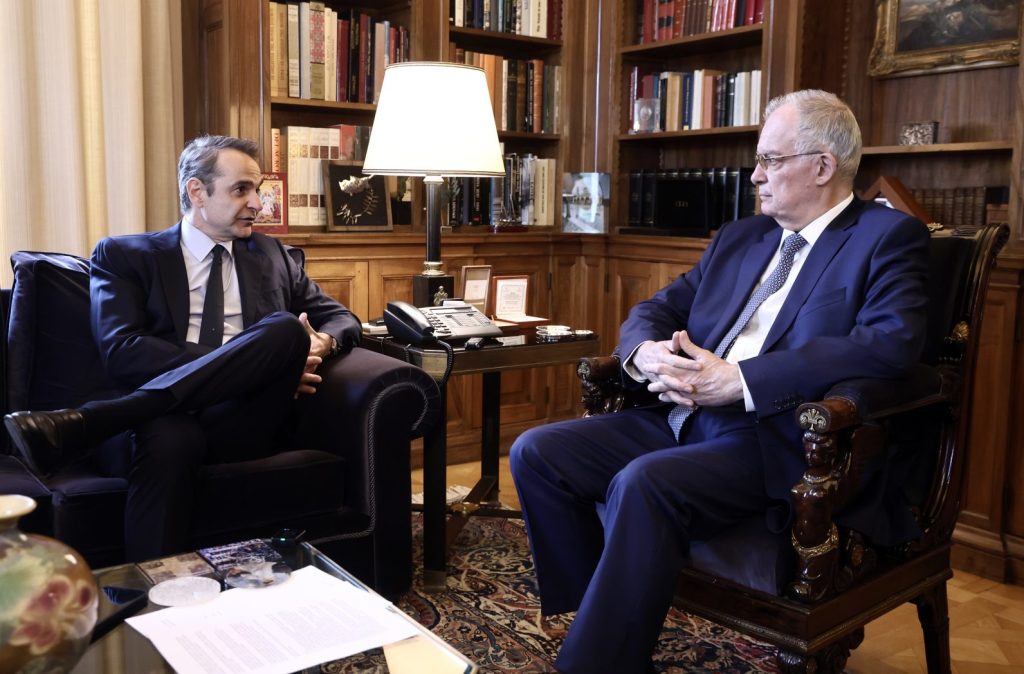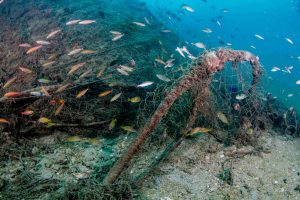NEAR KRASNOHORIVKA, Ukraine — As Ukrainian troops poured into Russia’s Kursk region last week, five Russian assault troops on motorbikes were zipping toward Ukraine’s front line hundreds of miles to the east.
Two of the bikers were gunned down. Another turned back and fled. But the last two escaped into the trees, looking for a place to hunker down and await reinforcements.
This is one of the tactics Russia is using to take advantage of its vastly larger number of troops in the Donetsk region of eastern Ukraine, Russia’s primary target and the site of intensified assaults this week despite Ukraine’s incursion into Russia . Ukraine’s threadbare troops are struggling to hold them back.
Ukraine’s Kursk operation has embarrassed Russian President Vladimir Putin and given Kyiv the tactical initiative in one area for the first time in nearly a year. But it transferred troops and weapons from its already-creaking front lines to pull it off, a gamble that risks making a bad situation worse.
“We don’t have enough people to do our job properly,” said the commander of the 21st Battalion of the Separate Presidential Brigade, which faced the Russian assault last week at the edge of the contested town of Krasnohorivka.
Russian forces have gained territory at a faster rate this summer than at any point since the first weeks of the war and are now pushing toward the logistical hub of Pokrovsk. For Ukraine, losing Pokrovsk would sever a vital artery supplying troops fighting to the northeast, including in the city of Chasiv Yar, which lies on heights that hold the key to controlling the region. On Thursday, officials in Pokrovsk began urging civilians to evacuate.
U.S. officials said Tuesday that Russia was beginning to move troops out of Ukraine in response to the Kursk incursion, but they didn’t give numbers or say what regions they were coming from. Ukraine, meanwhile, is also redeploying troops from the eastern front to Kursk, leaving units here even more stretched.
Commanders in the east describe a situation that has grown more punishing through the summer—with no sign that Russian forces are easing up since the Kursk incursion began. Despite the approval of another U.S. military aid package in April, they remain desperately low on artillery ammunition : Russia has a 10-to-1 advantage in artillery fire in some areas. In addition, the Russians are neutralizing Ukrainian drones with electronic jammers .
But the biggest factor, officers say, is the lack of manpower.
“If we’re supposed to have five or six people in a position, we’ll have two or three,” said a 45-year-old army major who has been stationed in the Chasiv Yar area for the past two months. He said they were so short-handed that cooks, mechanics and other rear personnel were being deployed to trenches. “It’s a matter of time before the enemy finds a weak spot.”
The commander of the 21st Battalion, who goes by the call sign Kucher, said that when his men arrived in the Krasnohorivka area in the spring, they had roughly the same number of men as the Russians.
Now, he said, the Russians have a manpower advantage of around five to one. Only about 20% of the casualties his battalion takes are replaced by new recruits, and the mobilized men who arrive tend to be older than those who volunteered at the start of the war. As in other brigades, the average age of infantrymen has ticked up over 40.
Exhausted soldiers are spending longer in the trenches, Kucher said, because there are no fresh troops to replace them.
Several months ago, he sent one of his platoon commanders, who goes by Zhak, to replace an exhausted soldier in a trench for a week.
Zhak returned in late July, after spending 50 days there. Three attempts at troop rotations had to be abandoned when Russian attacks began. Another soldier spent 105 days in the same trench and now is in the hospital recovering.
Zhak, who is 46 years old, got straight back to work.
“The situation doesn’t allow me to even ask for days off—I’d feel bad leaving,” he said. “Once it stabilizes, I’ll ask for a break.”
The Russian assaults on motorbikes—which have become common up and down the eastern front this summer—make use of Moscow’s numerical advantage. The salvos are costly—most, or all, of the bikers are usually killed—but they help Russian forces locate Ukraine’s positions and secure a toehold that can be gradually reinforced.
Sitting in a 21st Battalion command bunker outside Krasnohorivka last week, a Wall Street Journal reporter watched a live drone feed as the five-bike assault unfolded. Drone teams began searching for the two who escaped. They quickly spotted one sheltering in the ruins of a house, then killed him with an explosive drone .
But they couldn’t find the last Russian, which posed a problem. If even one Russian survived, he could tell his colleagues exactly where the Ukrainians were located, then the Russians would shell those positions.
“We’ve heard them on the radio saying, ‘The enemy is firing from there, there, there,’ ” Fantom, the 28-year-old commander of the 21st Battalion’s mortar battery, said from the command post. “The goal is to see where our troops are, then hit us with artillery or mortars or drones…That’s why it’s always better to kill all the witnesses.”
Eventually, a drone pilot said he had spotted the last Russian biker hiding under a burned-out car. Still, no one fired a mortar at him.
“If we had unlimited numbers, we’d try to hit the car,” said one soldier watching the live feed at the command post. “But we don’t have as much ammunition as we’d like. We can’t use a mortar to kill only one person.”
Other brigades in the east complained of similar ammunition shortages.
“We have orders only to shoot at stationary targets,” said Sifonesco, the 46-year-old commander of an artillery-reconnaissance unit working near Pokrovsk. “We have to wait for a tank to come to a stop before we can try to hit it.”
As in other brigades, Sifonesco said his unit is relying on explosive drones to make up for the artillery shortage. But the drones are growing less effective, he said, because Russian forces have increased their use of electronic jammers, which cut communication between the drones and their pilots. Now, only about half of the drones are reaching their targets.
“The Russians have more everything than us—more people, more guns, more shells, more ammunition,” Sifonesco said. “In the end, it makes us withdraw.”
Rob Lee , a senior fellow at the Foreign Policy Research Institute, said that Ukraine’s manpower shortage was a hangover from the casualties Kyiv took during last summer’s failed offensive. The situation should improve by next year, he said, when men who are now being drafted would be trained and ready to join the fight. In addition, Western production of artillery ammunition should increase by the end of this year.
“The fundamental issue is Ukraine doesn’t have enough reserves,” Lee said. “They don’t have enough units to reinforce everywhere.”
Sending troops to Kursk, then, means taking them away from the Donetsk region. Troops in the east said they loved seeing the videos of Ukraine hitting Russian columns, but they weren’t yet convinced that sending Ukrainian troops into Russia would pay off.
“We could really use 1,000 men here,” Kucher said.
Write to Ian Lovett at ian.lovett@wsj.com



